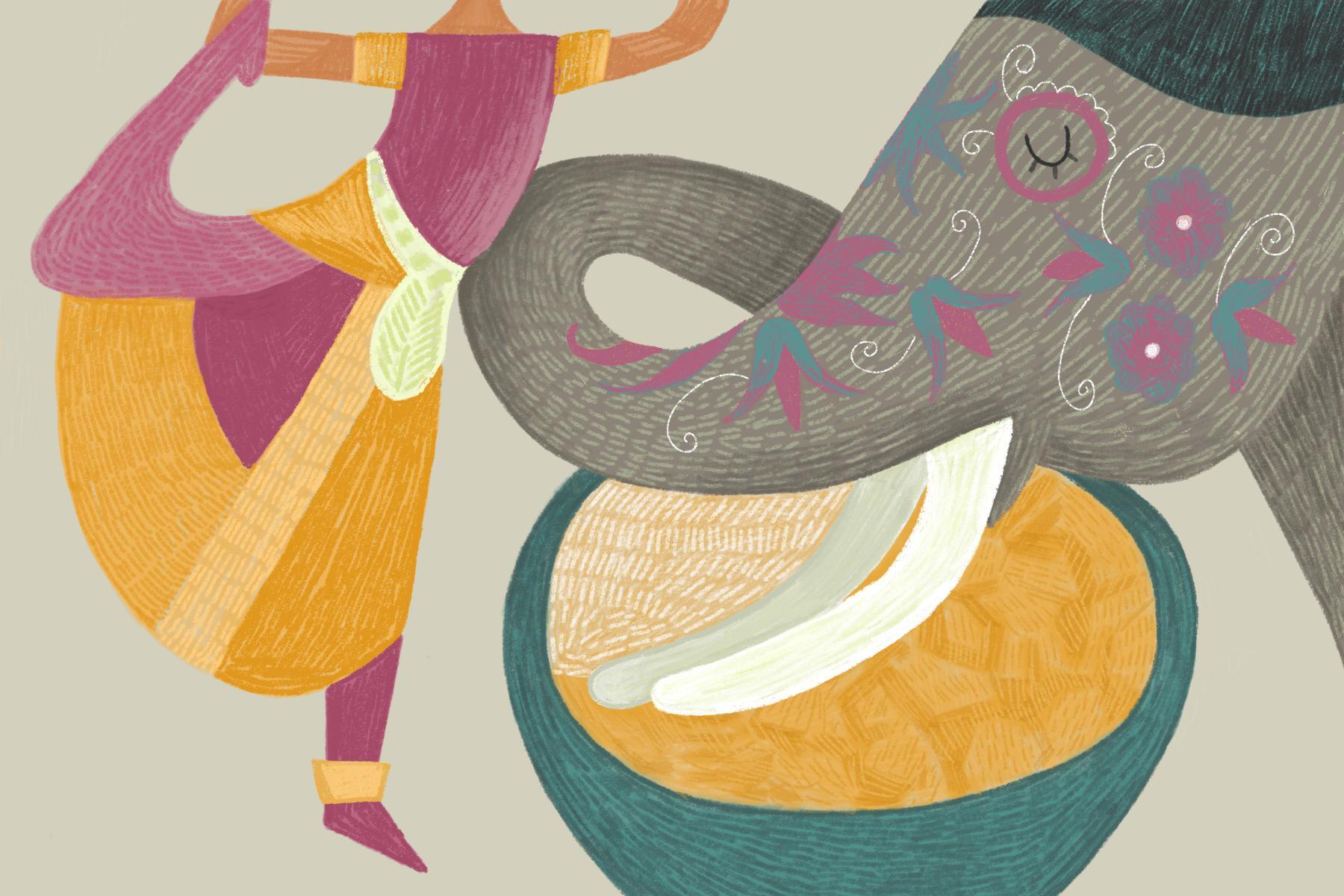With the coronavirus raging, there has been a resurgence of racism toward Asians. From refusing to order food from Asian restaurants to cursing them out on the street and telling them to go back to their countries, Asians are a victim of heightened scapegoating and fear. Even before the pandemic, however, Western society perceived Asians through a lens already smudged with discrimination. The lens not only discriminates, but it also generalizes. For many people, if given a few seconds to conjure up an image of an Asian, they’d immediately describe someone from China, Japan or South Korea. The default setting for an Asian is East Asian. This is why it is imperative to have not just Asian representation, but also South Asian representation.
The United States Census Bureau clearly defines “Asian” as “A person having origins in any of the original peoples of the Far East, Southeast Asia, or the Indian subcontinent including, for example, Cambodia, China, India, Japan, Korea, Malaysia, Pakistan, the Philippine Islands, Thailand, and Vietnam.” Asian does not just represent East Asia.
Though the term “Asian” appears to be all encompassing, it has come to be misrepresentative in the public’s mind. As a result, society often attacks the identity of subdivided Asian groups like South Asians. They are told that they are simply not Asian or not Asian enough, and are then left out of the Asian narrative.
E.J.R. David, a Filipino American and professor of psychology at the University of Alaska-Anchorage, expressed his feelings on the topic to Asia Blog.
“We’re still forgotten,” he told the site. “We’re still not Asian American, let alone American. It’s one of the reasons many brown Asians do not identify as Asian Americans. Perhaps we just don’t feel connected to East Asian people, cultures and lived realities. Perhaps we also don’t feel welcomed and included.”
With the public so quick to identify Asians as being solely East Asian, they leave South Asians muted. They do not fit the Asian mold society has designed, which discourages South Asians from maintaining that identity.
Even educational resources have left out South Asians. The website Kidzworld, designed to educate children on various subjects, created a lesson on Asian traditions. As the comments were quick to note, it only discussed Chinese and Indian holidays.
The fact that an educational website even glossed over South Asia except for India, just like the census did, only bolsters the frustrating reality that society does not consider South Asians as Asians. Though their geographical origins lie in Asia, society does not see them as embodying the traits or characteristics of an Asian. Thus, South Asians begin to feel they are not Asian and have a confused identity.
Education in the United States does not delve into South Asia either. I attended a New York public high school filled with a diverse demographic of students. I did not expect to feel left out in world history class as we got to the chapter on Asia, but I was sorely mistaken. India, China, Japan and Korea took up the lesson plan and class discussions.
From stunning images of these countries’ geographies, smiling photos of traditionally dressed citizens and detailed explanations on conflicts and alliances, I waited with excitement to hear about Pakistan’s rich history. Much to my dismay, my teacher only briefly talked about Pakistan as a country with nuclear weapons and that was all.
First, other Asians tell South Asians that they are not Asian enough. Then, they are made to feel that the Asian identity doesn’t represent them, as they are not East Asian. Next, classes do not discuss their rich history. Their identities only get more damaged after schooling when they begin to apply to jobs.
For instance, program applications intended for people of color do not include South Asians. In fact, a quick Google search for jobs hiring people of color reveals that the intended applicants should be “Black/African American Hispanic/Latino, American Indian, Alaska Native, Native Hawaiian, or Pacific Islander.”
A person of color is someone who is not of European lineage or white. Based on that fact alone, why do these jobs not include the South Asian community? From the standpoint of skin color, people often see South Asians as brown. Brown is definitely not any form of white. These applications asked for people of color alone, so it is clear they saw the pan-ethnic group of “Asian” as not including countries where residents have higher pigmentation.
American culture marginalizes the South Asian first within Asian identity and then within the wider community of people of color. If I am not brown and I am not Asian, then what am I?
From just the perspective of race, South Asians are without an identity to adhere to. Companies do not consider them brown, but then they are not Asian because of the brown or desi culture they uphold. Yet again, when it comes to the census or standardized testing, South Asians are suddenly considered Asian, only this time they are penalized. The societal contradiction imposed here only limits South Asians from opportunities and crushes their own self-identity.
If one were to take a cup of tea or chai, take out the milk and the tea leaves — the ingredients that are the essence of the beverage — all that would be left is hot water. That is exactly how the South Asian community is left: a mug of hot water stripped of its identity. With every drop of water, every South Asian questioning where they belong, added to the mug, it echoes again, “If I am not brown and I am not Asian, then what am I?” As the cup overflows from neglect, no one seems to have the answer.

















